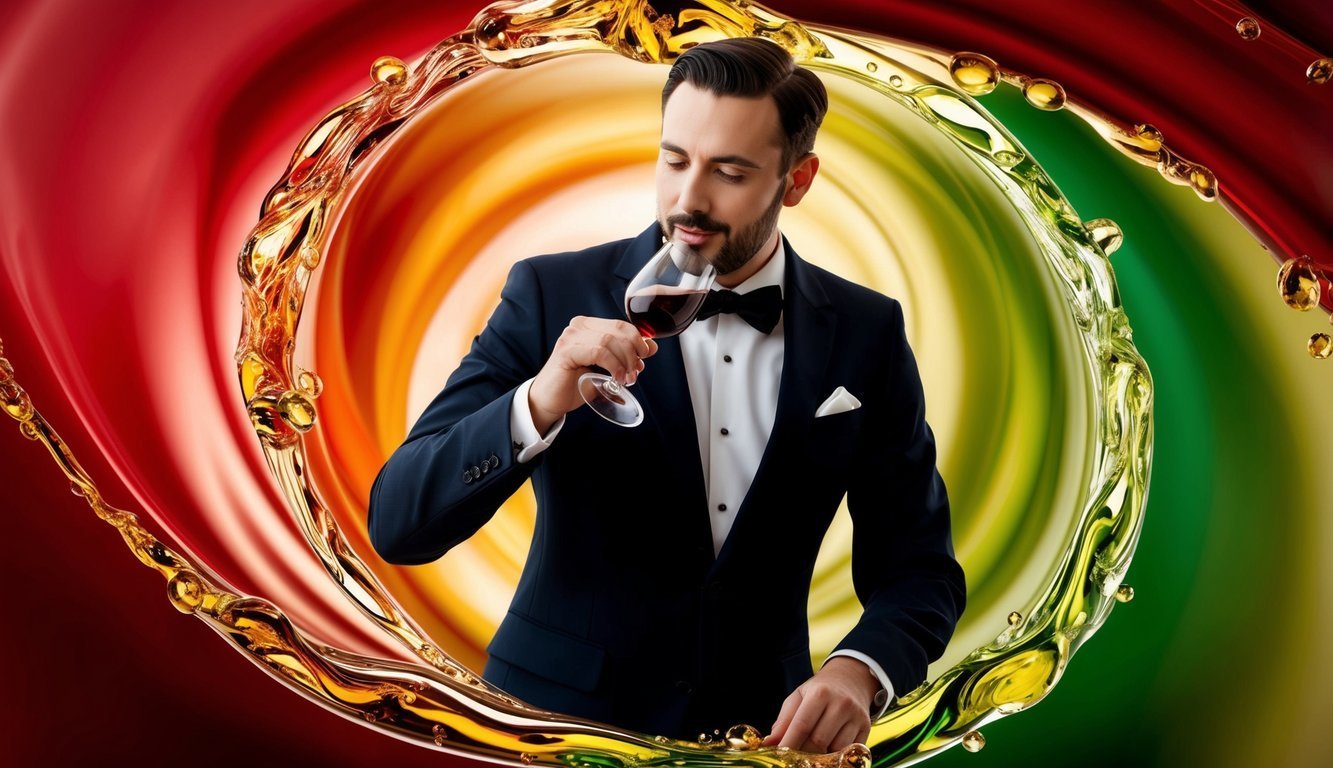Wine tasting is more than just a matter of discerning flavors; it involves a rich tapestry of personal images and creative associations.
In this exploration, Marianna Hunt delves into the intriguing role of synaesthesia within the wine tasting experience.
Unique Sensory Experience
For Jaime Smith, a sommelier of remarkable renown, savoring a glass of Châteauneuf-du-Pape evokes striking visual images.
He envisions dynamic geometric shapes, especially deep red and blue pentagons, as they awkwardly collide in his mind’s eye.
The alcohol, in his imagination, oozes out from above, propelling these bold forms into an invisible “box” that confines them.
Smith holds the distinction of being the first director of wine at the prestigious MGM Grand Hotel in Las Vegas.
He is also a two-time recipient of the title of best sommelier in America, awarded by Food & Wine magazine.
His journey through the world of wine is deeply influenced by his experience of synaesthesia—a phenomenon that enables him to tap into multiple senses simultaneously.
In his case, tasting wine can engage layers of sensory perception, leading to an enriched tasting experience.
The Phenomenon of Synaesthesia
Synaesthesia can take many forms; some individuals may see colors when they listen to music, while others might associate particular numbers with specific hues.
Even more fascinating, some people report tasting unique flavors upon hearing certain words.
This captivating neurological condition is estimated to affect between 2% and 4% of the population, indicating that a small yet significant number of individuals perceive the world in ways that intertwine the senses.
Through Smith’s eyes, the world of wine transforms into a vivid dance of colors and shapes, offering him a unique advantage as he curates experiences for others.
Synaesthesia might just be the secret ingredient that elevates his passion for wine, making each sip an imaginative journey that goes far beyond taste alone.
Curating Experiences
Smith’s skill in weaving together flavors, sights, and sensations allows him to guide others on remarkable wine-tasting adventures.
His distinctive synaesthetic perspective positions him as a master in his field, where each glass reveals not just a taste but a story, a memory, and an experience that resonates deeply with his audience.
Source: Decanter

